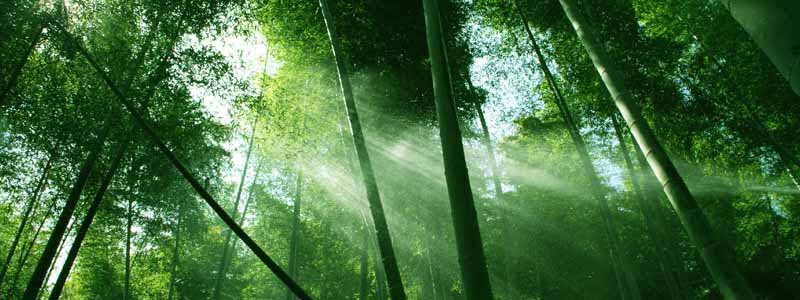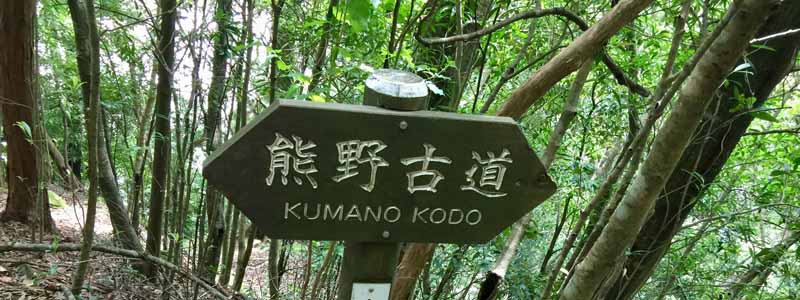
Japanese forest bathing, the proof we all need?
Japan is a country that’s steeped in tradition, yet vividly modern. A place of ancient temples and tea ceremonies accompanied by a riot of Neon. A people who are respectful of tradition, who invented the Sony Walkman.
So when I heard about Japanese Forest Bathing, or Shinrin-yoku, as it’s known in Japan, I thought of course, makes absolute sense. Another part of the culture that’s maintained its position in the world, through the dedication and devotion of its most ardent proponents.
I couldn’t have been more wrong.
Shinrin-yoku emerged in the 80s, at the same time Sony, Panasonic and Toshiba were poised to take over the world.
Yet in 1982, amidst the booming age of electronics, the Forest Agency of Japan proposed the idea of incorporating Shinrin-yoku into a healthy lifestyle.
So what is Japanese Forest Bathing?
To be clear, although Shinjo means ‘forest’ and yoku means ‘bath’, forest bathing does not mean taking a bath in a forest.
It means to take in the atmosphere of the forest, walk at a leisurely pace, allow your senses to soak up the scenery, enjoy the calming influence and inhale the natural scents emanating from the trees.
Now for most readers of this blog, it will come as no surprise that spending time in nature, or having a walk in a forest is good for you. However, in Japan the idea has blossomed, and now Doctors prescribe Forest Bathing as a treatment for stress, hypertension and other maladies of the modern world.
In 2004 a three year research project began, which unearthed a host of proven, demonstrable health benefits from Shinrin-yoku, and in 2007 The Japanese Society of Forest Medicine was founded by Dr Qing Li.
Dr Qing Li, a medical doctor at Tokyo’s Nippon Medical School, also happens to be the world’s foremost authority on forest medicine, and in April 2018 he published a book entitled.
‘Forest Bathing. How trees can help you find health and happiness.’
It’s this book, I believe, that has prompted the spread of Japanese Forest Bathing across the world today.
And what’s the evidence it’s good for us?
There’s loads! Check out the references at the bottom of this article, however, here are a few ways that Forest Bathing will help.
Forest bathing trips have been proven to:
“…reduce the concentration of cortisol in saliva, reduce the concentrations of urinary adrenaline and noradrenaline, reduce prefrontal cerebral activity, reduce blood pressure and stabilise nervous activity.”
– Which means that they help you relax, in a serious way!
“…increase human natural killer (NK) activity and the expression of anti-cancer proteins including perforin, granzymes, A/B and granulysin, and that the increased MK activity and anti-cancer proteins lasted more than 30 days after the trip.”
– Which means one Forest Bathing session a month, will help you fight off cancer in a serious way!

And more philosophically, why do we need scientific proof that it’s good?
We all instinctively know that wandering around in a natural environment for a couple of hours is good for us. What’s the evidence? We feel better after we’ve done it. What more is required?!
And yet here I am, sourcing and publishing fact, data and scientific method proving that a walk is good for you. Why?
I’m not sure. We seem to need evidence for things we never used to, and we accept too much without a scrap of evidence, that we know we really shouldn’t.
And I think, perhaps, that’s part of the reason Forest Bathing has really taken off. Like it did in Japan in the 80s when technology was taking over. I think ideas take flight when we need them, when we’re ready.
And if we’ve reached a stage where we need to be persuaded to go for a walk in the outdoors, then I think we’re certainly ready.
Bring it on as far as I’m concerned.
Let’s make our phones less mobile, and mobilise ourselves instead.
Forest bathing here I come.
Comment below with your questions or call us on +44 808 304 8701
——————————————————————————————————————————————————————–
Forest bathing enhances human natural killer activity
> https://www.ncbi.nlm.nih.gov/pubmed/17903349
Effects of Forest Bathing on Cardiovascular and Metabolic Parameters in Middle-Aged Males
> https://www.ncbi.nlm.nih.gov/pubmed/27493670
Japanese Society of Forest Medicine
> http://forest-medicine.com/epage01.html


John Gadsdon
I understand totally the benefits of the so called “Forest Bathing”. My wife and I have been to Japan on a number of occasions. On each occasion, we have done some hike through some of Japans beautiful forests. This included walking along the ancient Nakasendo trail. It is a wonderful and exhilarating experience when walking through the forests – seeing how beautiful and serene nature can be. We have also been on some truly wonderful walks organised by Stroll.
Maja Grey
It’s great that you have such fond memories of your time walking the Nakasendo Trail in Japan John. The scenery is quite unique and it must feel quite magical being surrounded by the peaceful forest. It’s worth keeping in mind that you can get those same benefits of Japanese Forest Bathing anywhere in nature around the world.